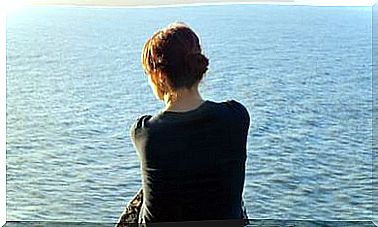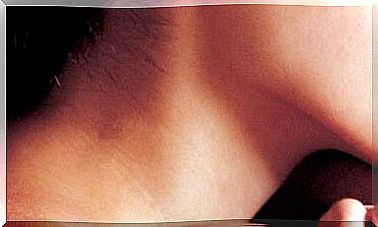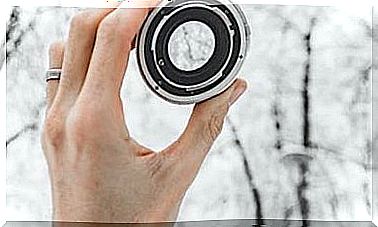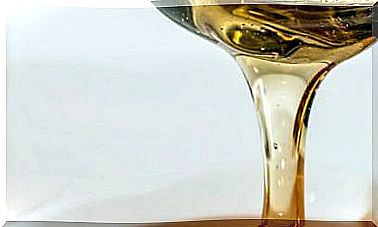Balneotherapy: The Ancient Medicine Of Water
Used as a means of healing since time immemorial, studies confirm the efficacy of balneotherapy in combating the effects of stress and low-grade inflammation.

The treatments carried out within the framework of balneotherapy trigger a whole series of physiological responses with therapeutic effects.
These are neuroendocrine and immune responses with proven anti-inflammatory, analgesic, and antioxidant effects that are appropriate for treating a wide variety of diseases.
Stimulate your self-healing ability
The phenomenon of hormesis plays an essential role in the appearance of these therapeutic responses , which explains why exposure to a certain substance at low doses of an agent or chemical condition stimulates the appearance of beneficial adaptive effects. On the other hand, when exposed to higher doses this effect is inhibited or produces toxic results.
Hormetins are agents that can be physiologically beneficial. Apart from chemicals and toxins, there are several factors that are considered hormetins:
- Biological hormetins: infections, hypoxia (lack of oxygen) or cellular ischemia (decreased blood flow), a calorie-restricted diet, intermittent fasting and some micronutrients.
- Psychological hormetins : such as mental challenge or meditation
- Physical hormones : exercise, heat, radiation …
In the case of balneotherapy, positive reactions are triggered by factors such as heat or certain biochemical components (such as hydrogen sulfide in sulfurous water or radon in radioactive waters, among others).
Thermotherapeutic strategies
While hydrotherapy applies techniques based on the physical properties of running water, balneotherapy encompasses practices with scientific evidence that include the use of mineral-medicinal waters, mud and natural gases from springs recognized by health authorities.
The virtues of balneotherapy are not only due to the physical properties of water and mud, but also to their chemical and biological composition.
The mud or pelotherapy is applied peloids, muddy suspension consisting of a mixture of fine – grained materials of geological, mineral water and organic compounds.
Heat is a fundamental element for the effectiveness of these therapies. Water and mud are often used to transfer heat, retaining it and releasing it slowly. Therefore, these treatments are considered thermotherapeutic interventions.
Therapeutic heat capacity
The effect of heat lies in the temperature changes experienced by body tissues for a limited time. These trigger physiological responses that promote healing processes and relieve pain and other symptoms.
This property is related to the ability to respond to stress and produce adaptive systemic and cellular responses.
While severe heat stress leads to damage and cell death, mild heat can induce a response adaptativ to protecting cells from serious damage and can recover a cell activity and normal physiologic.
What is balneotherapy used for?
It is usually used in a complementary way in the treatment of various pathologies, many related to chronic inflammation. Its effectiveness has been demonstrated against cardiovascular, respiratory, gastrointestinal, endocrine, neurological, skin problems. ..
Numerous clinical studies have also proven the beneficial effects of thermal water and mud therapy in patients with rheumatic conditions such as arthritis, osteoarthritis or fibromyalgia. For example, a significant decrease in the consumption of painkillers has been observed, as well as improvements in stiffness, joint function, pain and quality of life.
It should also be noted that the techniques included in balneotherapy generally lack adverse effects or these are minimal.
For this reason, they are of great help for elderly patients at risk of developing problems related to multimorbidity – two or more chronic diseases simultaneously – and polypharmacy.
How does it work?
The balneotherapy produces physiological responses in the body through – above all physical mechanisms associated with the therapeutic properties of the heat- and thanks to the chemical and biological properties of the agents used in this type of treatment.
They consist of the hydrostatic pressure, buoyancy, viscosity and surface tension of the water. They are widely known, but it is difficult to identify and evaluate the effects of each component.
For this reason, in general, it is considered that the treatments are fundamentally based on the therapeutic effects derived from the high application temperature, which usually oscillates between 38 and 42 ºC.
Furthermore, we know that the absorption of biologically active organic and inorganic substances through the skin also plays an important role in the effectiveness of balneotherapy.
Types of waters
The mineral-medicinal waters and sludge that we find around the world have different physical properties and chemical compositions. Depending on the predominant ions and gases, waters can be classified as chlorinated, sulphated, bicarbonated, ferruginous, carbo-gaseous, sulfurized and radioactive.
It seems clear that, depending on the disease to be treated, agents with different chemical compositions are required to obtain therapeutic results.
However, more research is needed to determine exactly which components are most suitable for each pathology and what is the ideal concentration of each element for optimal biological and clinical results.
1. Sulfur and sulphated waters
The active molecule in these waters is hydrogen sulfide (H 2 S), which penetrates the skin and can act as hormetin. While high levels of H 2 S are extremely toxic, low levels are tolerated and have protective effects, with anti-inflammatory and antioxidant applications , clinically effective in arthritis and osteoarthritis.
Recent studies have confirmed that they act against free radicals, protect against oxidative DNA damage and favor the therapeutic effect in inflammatory respiratory diseases.
2. Waters rich in radon
Although ionizing radiation is carcinogenic in high doses, it has been shown to produce beneficial effects at low doses.
Exposure to radon through inhalation or skin absorption causes low-level molecular damage that activates different stress responses and induces adaptive mechanisms that could help prevent cancer, as well as other health complications.
On the other hand, various clinical trials have shown that radon balneotherapy in rheumatic diseases relieves pain, improves joint functions, and reduces drug use.
Acts on metabolism
A study led by Philip L. Hooper, from the University of Colorado, observed in a group of patients with type 2 diabetes that hydrotherapy (18 sessions of 30 minutes at 38-41 ºC) helped reduce body weight, the concentration of fasting glucose and glycosylated hemoglobin levels.
Other research has reached similar conclusions, suggesting that hydrotherapy can be an effective technique for people with metabolic syndrome who cannot exercise at an optimal intensity.









